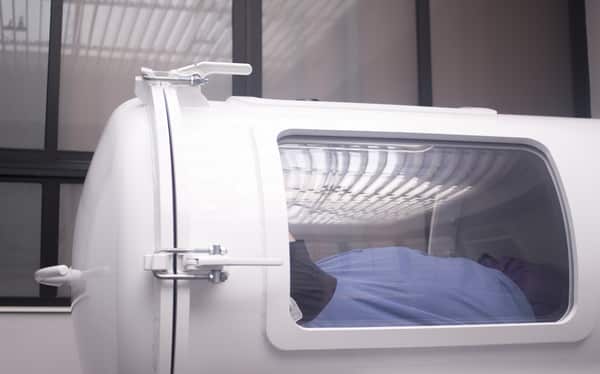New medications have been developed to assist with opiate and alcohol detox and MAT is becoming more prevalent in opioid addiction treatment models.
The unprecedented increase in the prevalence of substance abuse disorders in recent years has made it increasingly clear that much of what was known about addiction treatment was incomplete or wrong.
For example, “getting clean” by being in jail awaiting trial for drug offenses does not help people recover from substance abuse disorders, particularly if they return to the same environment from which they came after being released from incarceration.
New medications have been developed to assist with opiate and alcohol detox and rehabilitation, andmedication-assisted treatment (MAT)is becoming more prevalent in opioid addiction treatment models. Another potential addiction treatment that has received attention recently is something originally developed to treat deep sea divers with the bends or burn victims: hyperbaric oxygen therapy, or HBOT.
Effects of Addiction on the Brain
Exact effects of long-term addiction on the brain can be studied more directly now, with the use of advanced brain imaging techniques like magnetic resonance imaging (MRI). It appears that the injuries to the brain caused by addiction havesimilarities to the injuries to the brain caused by traumatic brain injury(TBI). Patients with TBI can be helped with HBOT, so perhaps people with substance abuse disorders could be too.
New Year, New Beginnings.
Whether you are struggling with addiction, mental health or both, our expert team is here to guide you every step of the way. Don’t wait— reach out today to take the first step toward taking control of your life.
Both TBI and addiction cause damage to the brain on a cellular level. HBOT is designed to deliver pure oxygen to parts of the brain that may not receive sufficient oxygen to activate the brain’s ability to heal itself.
Animal and Human Studies on HBOT and Drug Withdrawal
Astudy involving HBOT in opiate-dependent micefound that symptoms of withdrawal, like jumping and shaking, could be significantly reduced when 30- or 60-minute HBOT sessions were provided prior to injection of naloxone.
Studies have been performed with human subjects as well. ARussian studyfrom 20 years ago included 340 people with substance abuse disorders, including narcotics addiction, alcoholism, and other addictions. A control group was administered MAT alone while the treatment group received MAT plus HBOT. The group that received HBOT experienced more favorable recovery, both during treatment sessions and after the conclusion of treatments. Researchers calculated that the treatment group experienced an approximately twofold decrease in treatment duration and experienced fewer complications.
How HBOT Works

In HBOT, the patient inhales 100 percent pure oxygen through a mask while resting inside a hyperbaric oxygen chamber, which is typically a large, clear tube. A medical practitioner is present to supervise the session, the duration of which varies. The pure oxygen the patient breathes in is carried to all parts of the body,including parts of the brain that may have insufficient oxygenflow due to TBI or addiction.
By helping cells in the brain receive the oxygen they need, these same cells will have better resources with which to self-heal. Furthermore, increased oxygen absorption reduces how long toxic substances remain in the brain, which further expedites the healing process.
Potential Advantages of HBOT in Addiction Treatment
HBOT not only helps the brain heal itself, but it is also noninvasive, simple, and does not cause side effects apart from potentially stopped up ears. Overall, it is considered extremely safe and can be used alongside other addiction treatment modalities. HBOT is sometimes covered by insurance for TBI, but may not be covered as an addiction treatment.
Nonetheless, if HBOT ends up reducing addiction treatment time considerably, the cost of HBOT may be considered a wise investment, allowing people with substance abuse disorders to resume their normal activities sooner than might otherwise be possible.
Addiction treatment is complex and must be individually tailored to achieve the most consistent positive results. HBOT is not a cure for addiction, but it may prove to be an important component of successful recovery, particularly if it reduces the time it takes to recover from withdrawal from substances.
Are you grappling with the life-altering effects of a substance abuse disorder? Addiction treatment is not “one size fits all,” and it is important that the people and programs you choose to help you with your recovery understand your unique needs. We invite you tocontact us at any timeif you have questions about addiction or addiction recovery.

